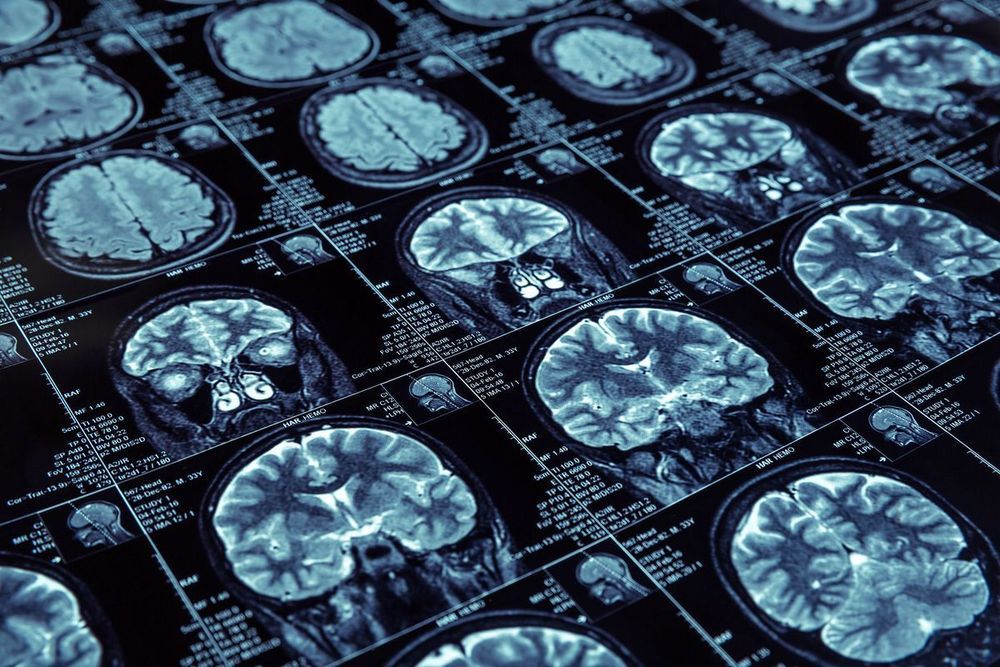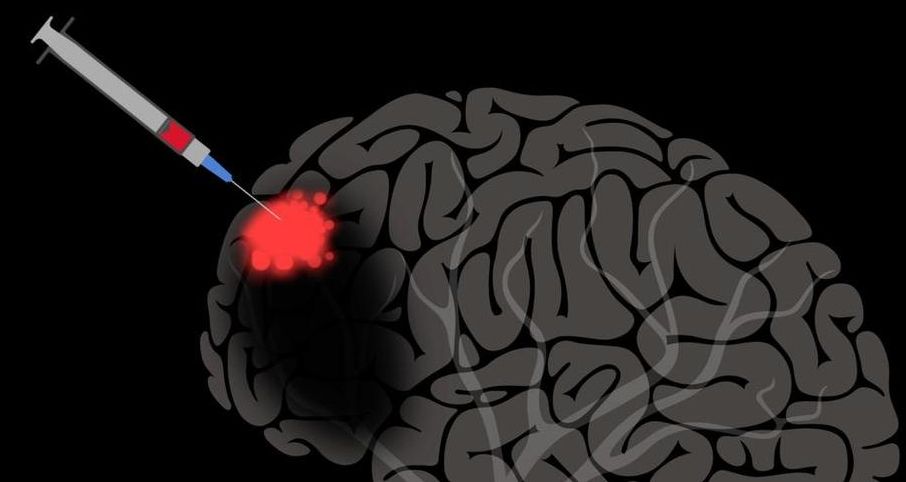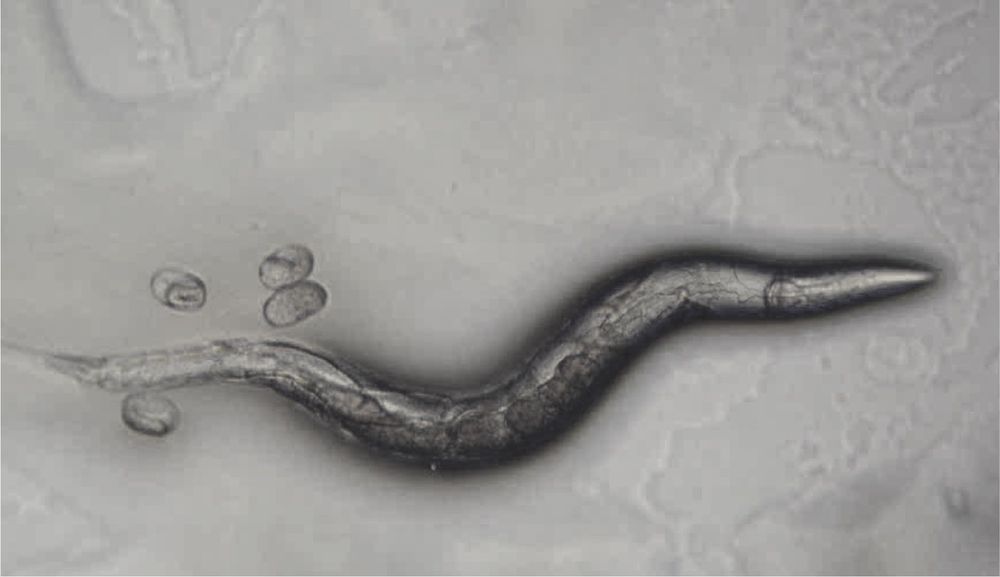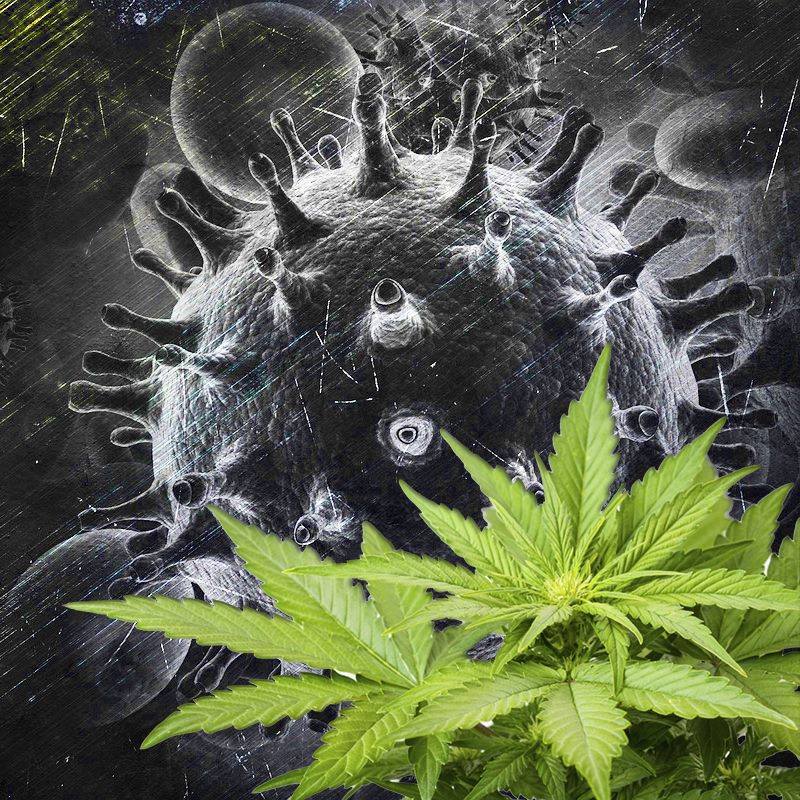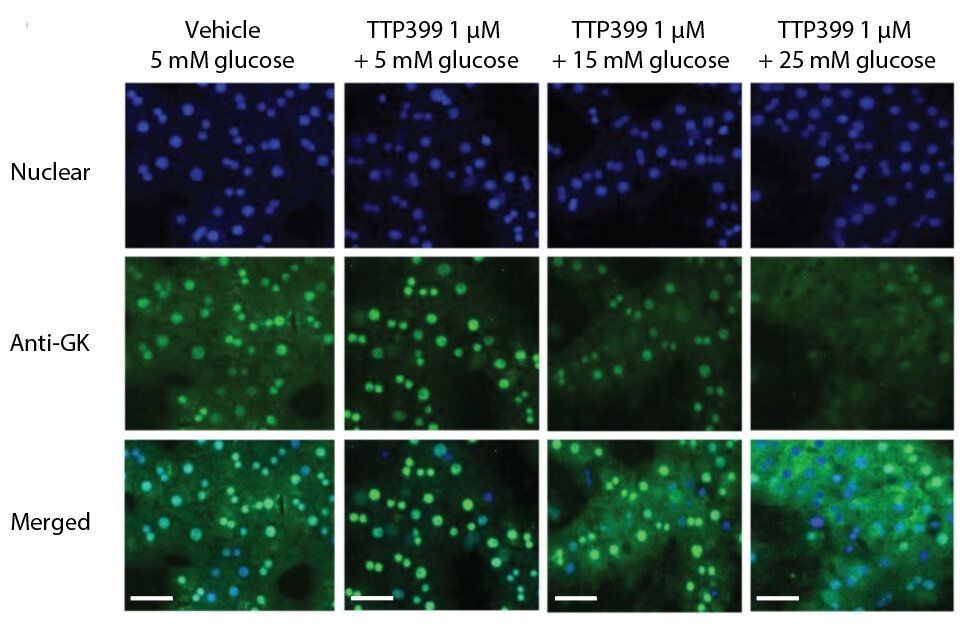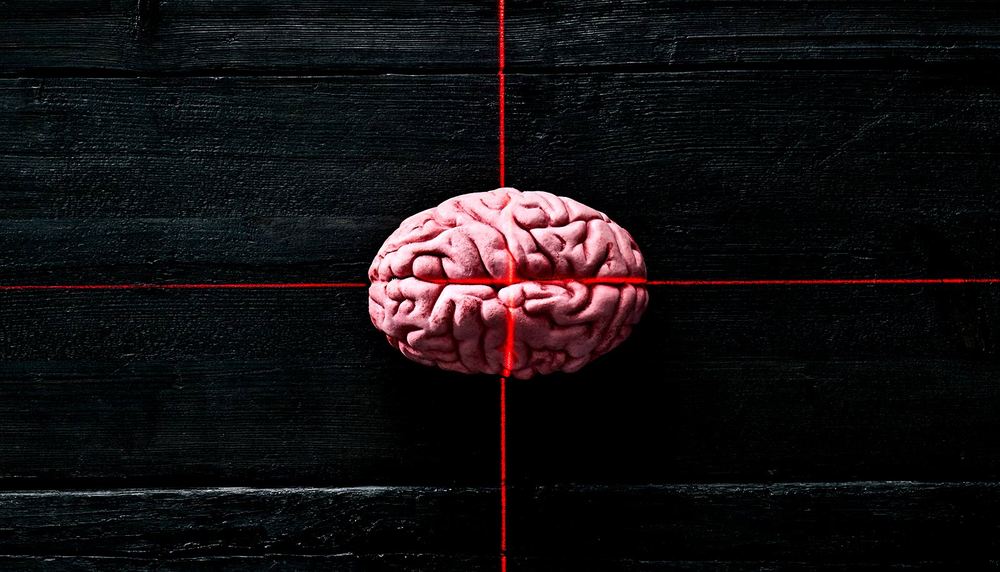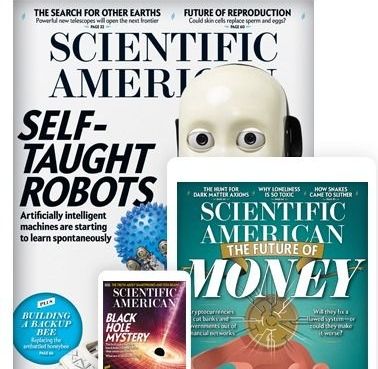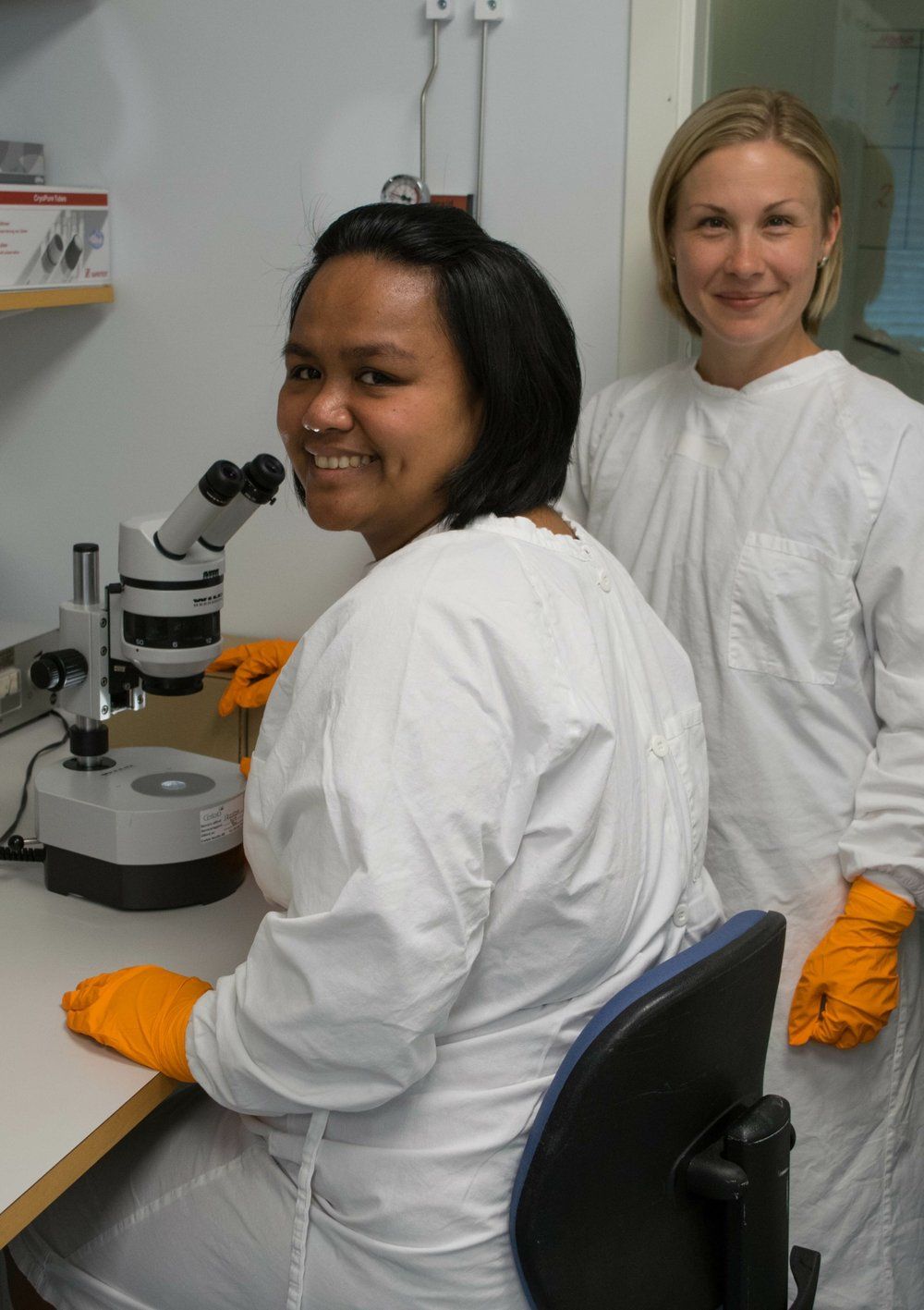Archive for the ‘neuroscience’ category: Page 819
Jan 30, 2019
Osteoporosis breakthrough: Bone mass increased
Posted by Paul Battista in categories: innovation, neuroscience
A groundbreaking set of studies has found that blocking certain receptors in the brain leads to the growth of remarkably strong bones. Could a new osteoporosis treatment be on the horizon?
Jan 30, 2019
The brain may be able to repair itself — with help
Posted by Paul Battista in categories: biotech/medical, neuroscience
Through treating everything from strokes to car accident traumas, neurosurgeon Jocelyne Bloch knows the brain’s inability to repair itself all too well. But now, she suggests, she and her colleagues may have found the key to neural repair: Doublecortin-positive cells. Similar to stem cells, they are extremely adaptable and, when extracted from a brain, cultured and then re-injected in a lesioned area of the same brain, they can help repair and rebuild it. “With a little help,” Bloch says, “the brain may be able to help itself.”
Jan 30, 2019
The Bioart of Neurons and Memory
Posted by Paul Battista in categories: biotech/medical, cryonics, life extension, neuroscience
Demonstrating the preservation of cells after a living organism is pronounced dead and revived is not a traditional bioart topic. But it is an important one. It is a crucial step for advances in the use of lowered temperatures for sustaining the efficacy of organs and organisms during medical procedures, and especially of preserving neurons for the science cryonics.
My recent bioart research is a breakthrough that will help to build momentum toward more advanced studies on information storage within the brain, as well as short-term behaviors of episodic, semantic, procedural, and working memory.
In this article, I will review how I became involved in this research, the guidance along the way, my initial training at 21st Century Medicine, pitching the research project to Alcor, and submitting my proposal to its Research Center (ARC). I will then take you into the lab, the process of trial and error in our first studies, developing a protocol based on olfactory imprinting and applying several cryopreservation methods, developing the migration index, and the rewards of working with a lab technician who became an admiral colleague.
Jan 30, 2019
Marijuana Could Help HIV Patients Maintain Their Mental Stamina
Posted by Paul Battista in categories: biotech/medical, neuroscience
Jan 30, 2019
Experimental drug could be new option for type 2 diabetes
Posted by Paul Battista in categories: biotech/medical, neuroscience
An experimental drug may help people with type 2 diabetes curb their blood sugar without causing it to drop to dangerously low levels.
Researchers found that the compound—dubbed TTP399 for now—improved patients’ blood sugar control when it was added to the standard medication metformin for six months.
And it did so without causing hypoglycemia—blood sugar drops that, if severe, can lead to convulsions or loss of consciousness.
Continue reading “Experimental drug could be new option for type 2 diabetes” »
Jan 30, 2019
Brain cancer patients live longer with laser treatment
Posted by Quinn Sena in categories: biotech/medical, neuroscience
Half of patients with aggressive brain cancer glioblastoma die within 14 months of diagnosis. A new treatment could give them more time.
Jan 30, 2019
Bendable Needles Developed to Deliver Stem Cells into Brains
Posted by Quinn Sena in categories: biotech/medical, neuroscience
The flexible needles could help doctors deliver stem cells to broader areas of the brain with fewer injections. Such therapies are being investigated for Parkinson’s disease, stroke and other neurodegenerative disorders.
- By Monya Baker, Nature magazine on March 5, 2013
Jan 30, 2019
How Long Will We Live in 2069?
Posted by Lilia Lens-Pechakova in categories: biotech/medical, genetics, life extension, neuroscience
A new, very good article on aging, modern aging research and its history, RAAD feest and other initiatives, on model organisms, genetics and future lifespans. “… In early December 2018, just a few months after RAADfest, I visited the Buck Institute for a daylong symposium titled “Live Better Longer: A Celebration of 30 Years of Research on Aging.” That wasn’t an arbitrary demarcation: Aging is one of the rare areas of modern science with a specific launch date. In this case, it was January 1988, when Tom Johnson, a behavioral geneticist at the University of California, Irvine, published a paper that linked a genetic mutation he named “age-1” to longer lifespans in a transparent, microscopic, mostly hermaphroditic roundworm known in scientific circles as C. elegans. Prior to Johnson’s discovery, aging had not received a lot of attention from researchers. In the 1820s, Benjamin Gompertz, a self-trained mathematician, concluded that humans don’t start to break down at some magic age but are constantly declining and losing the ability to repair themselves, a concept now referred to as the Gompertz law of mortality. The first hint that there might be a cellular mechanism underlying the aging process came more than a century later, in the 1930s, when two Cornell scientists discovered that rats kept on calorically restricted diets lived significantly longer than their more satiated brethren. But overall, the field was mostly known as being a haven for charlatans and quacks peddling immortality elixirs and other magical cures — a reputation that continued even after Johnson’s work was published…In 1993, Cynthia Kenyon, an assistant professor at the University of California, San Francisco, discovered that mutations on a different gene, called daf-2, caused C. elegans to live twice as long as expected. Several years later, Gary Ruvkun, a researcher at Harvard Medical School, showed that these so-called worm-aging genes were closely related to genes in the insulin-signaling system of humans. Around the same time, MIT’s Guarente and some of his colleagues discovered the first of several genes in yeast — which are also present in humans — linked to dramatically extended lifespan…” https://medium.com/s/2069/how-long-will-we-live-in-2069-f03e698f6de2
With this promising research on the horizon, how long might humans live in the future? Fantastical claims to longevity have existed since the dawn of recorded time, but reliable data about maximum human lifespan only dates to the mid-1950s, when the Guinness Book of World Records began independently verifying claims. Even then, initially corroborated ages can end up disproven: On December 27, Russian researchers published a paper arguing that the current world record holder, a Frenchwoman named Jeanne Calment, who said she was 122 when she died in 1997, had stolen her mother’s identity and was actually 99 at the time.
Assuming Calment wasn’t a fraud, since 1955, 46 people have made it to age 115. Nine of them have made it to 117 — and only two, Calment and an American woman named Sarah Knauss, have made it past 117. (Knauss died in 1999 at age 119). Over that same time frame, just under 11 billion people have been alive. That means roughly .0000004204133 percent of people have made it to 115. You’re 79,333 times more likely to get hit by lightning than you are to live to 115; 22,455 times more likely to end up in the emergency room from a golf cart accident; and 11,817 times more likely to get murdered.
Jan 30, 2019
Industrial chemicals pass from mother to fetus throughout pregnancy
Posted by Xavier Rosseel in categories: biotech/medical, food, neuroscience
In a study published in Environment International researchers at Karolinska Institutet in Sweden show how PFAS industrial chemicals, which are used in many consumer products, pass through the placenta throughout pregnancy to accumulate in fetal tissue. Further research is now needed to ascertain the effect that highly persistent PFAS chemicals have on the fetus.
The PFAS (perfluoroalkyl substances) group comprises thousands of human-made chemicals, which, thanks to their water- and grease-resistant properties, are used in everything from frying pans and food packaging to clothes, cleaning agents and firefighting foams.
“We’ve focused on six of these PFAS substances and found that all appear to the same extent in fetal tissue as in the placenta,” says Richelle Duque Björvang, doctoral student at the Department of Clinical Science, Intervention and Technology, Karolinska Institutet. “So when the baby is born, it already has a build-up of these chemicals in the lungs, liver, brain, and elsewhere in the body.”
Continue reading “Industrial chemicals pass from mother to fetus throughout pregnancy” »
